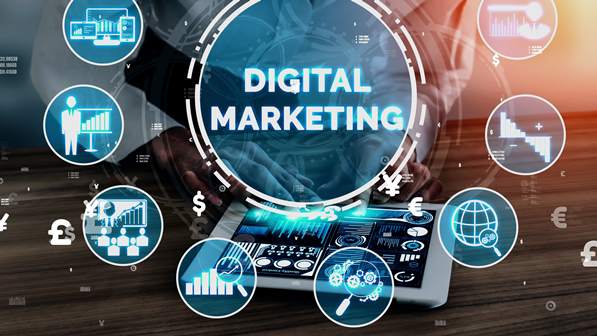
In the contemporary business landscape, digital marketing and customer service teams function in close integration to achieve the company’s goals. Digital marketing is concerned with building an online presence for your client’s business, while customer service is about building their relationship with the company. Close to 85% of customers rely on mobile devices and the internet to find the products and services they want. This is why marketing and communicating with the audience must align and coordinate their activities. Read ahead to understand how.
eCommerce Companies Conduct Business on Social Media
Statistics indicate that close to 35% of eCommerce startups start working by marketing and selling their products and services on social media platforms. Their entire operations, starting with product promotions, taking orders, and finalizing sales to customer communication, take place on social media. These platforms also serve as testing grounds to evaluate customer response before scaling up the business and introducing added products and services.
Any boutique SEO agency handling the marketing aspect must also have the necessary expertise to manage queries, address complaints and accept orders. Their services include end-to-end marketing and customer liaison services.
Content Marketing is Reliant on Customer Interactions
Content marketing is an integral part of robust SEO. Before you create and post content to promote your client websites, you’ll identify the target audience interested in the client’s products and services. Whatever content you design will have to appeal to this audience. Customer interactions are the best way to evaluate the impact the content has, and if it successfully establishes the desired online presence. Your team can also use chats to identify customer issues and queries. Based on these queries, you can design further content, entice readers to purchase the products, and share the information with friends and family.
What do customers want to read about? What are their questions regarding the product features? Are there any issues with the products customers face? What are the potential improvements they would like to see in further releases? The answers to these questions can be the ideal starting points for fresh content that could potentially rank on search engine pages.

Evaluating Lead Generation Campaigns
Digital marketing campaigns are primarily about generating leads and conversions. Any algorithms you use to evaluate results only indicate traffic and whether the campaign resulted in actual sales and customer purchases. But, their effectiveness can be gauged with customer service. Interactions with users will tell you if you’ve successfully outlined the product features and designs.
Customer service agents can judge if users can understand promotional offers, discount deals, and programs. This they can do by gauging the queries. You can base further campaigns on the data your agents provide. You’ll also eliminate or edit the content with erroneous and misleading product information. Remember that 67% of customers are unlikely to purchase from a brand if they’ve had bad customer service.
Tweaking Website Navigability and Mobile Interface
Freshness is the key to any website’s success. You’ll consistently tweak the site pages’ appearance to improve and enhance navigation. These tweaks are indispensable to ensure that the website stays competitive amidst new entrants in the industry. Technology also plays an important role, and staying on top of innovations is crucial for maintaining security and a dynamic interface. Customer service will help you identify the areas that need further improvement to enhance UX or user experience.
Customer service has become an integral part of digital marketing and is codependent to ensure sales and success for any company. You’ll need efficiency on both fronts to ensure maximum customer engagement, so make sure you adopt a dual-pronged strategy to have them both running well.





This blog does an excellent job of highlighting how closely digital marketing services and customer service teams must work together. A perfect guide for businesses looking to leverage digital marketing for growth!